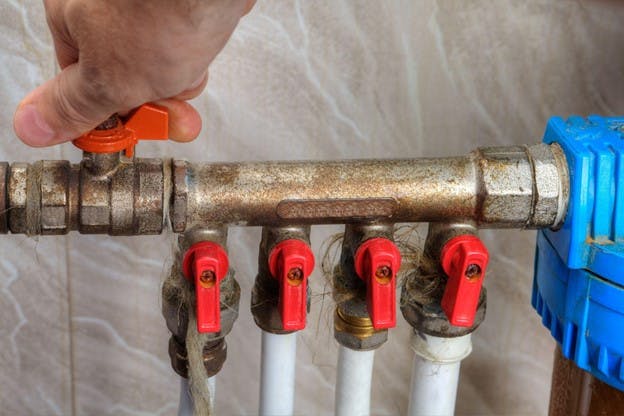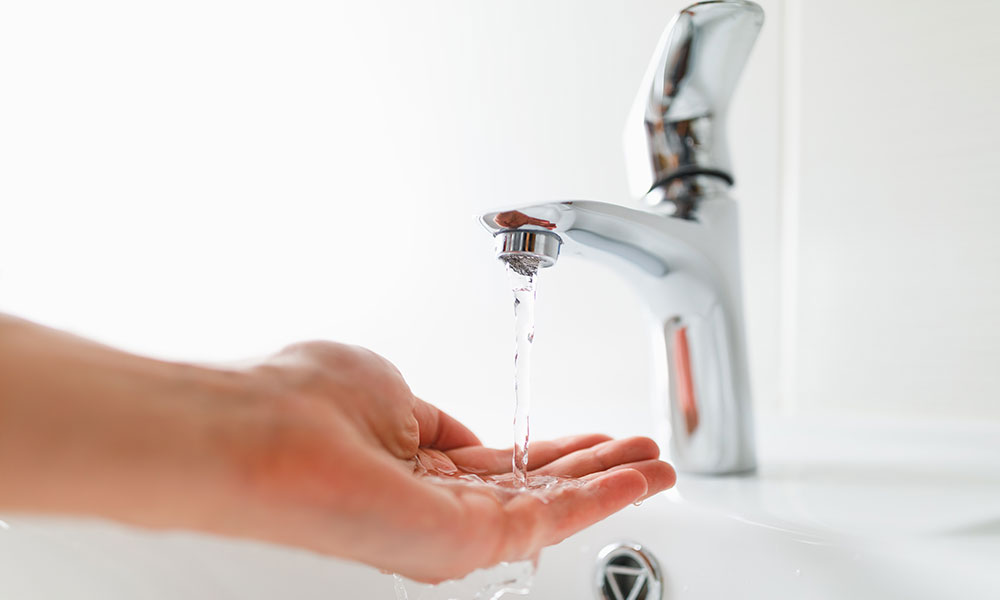My Conclusive Guide to Dealing with Low Water Pressure in Your Home
My Conclusive Guide to Dealing with Low Water Pressure in Your Home
Blog Article
How do you actually feel when it comes to 9 Reasons for Low Water Pressure in Your House?

Low water pressure in your home can be a discouraging issue, influencing everything from bathing to cleaning dishes. If you're experiencing weak water circulation, there are numerous feasible reasons and options to check out. In this guide, we'll talk about common factors for low water pressure and practical actions to deal with the issue effectively.
Intro to Low Tide Pressure
Low tide pressure occurs when the flow of water from your faucets, showers, and various other components is weak than usual. This can make daily jobs a lot more tough and much less reliable. Understanding the sources of low tide stress is essential to discovering the appropriate solution.
Typical Sources Of Low Tide Pressure
Faulty Pressure Regulatory Authorities
Stress regulators are in charge of keeping constant water pressure in your house. If they malfunction, it can lead to low water stress or unequal circulation throughout your home.
Community Supply Of Water Issues
Often, the problem exists outside your home. Local water supply concerns, such as main line leakages or upkeep work, can momentarily decrease water pressure in your area.
Pipe Obstructions
Over time, pipelines can become blocked with natural resource, debris, or debris, restricting the flow of water. This is a common issue in older homes with galvanized steel pipes.
Deterioration
Deterioration within pipelines can cause leakages and minimized water pressure. Corrosion build-up can tighten water circulation, particularly in aging plumbing systems.
How to Detect Low Tide Pressure
Inspecting Pipelines
Check visible pipelines for signs of leaks, corrosion, or clogs. Take notice of any type of uncommon sounds, such as knocking or rattling pipelines, which can indicate concerns within the plumbing system.
Consulting with a Plumber
If you're incapable to identify the reason for low water pressure, take into consideration hiring an expert plumber to perform a detailed assessment. They can recognize underlying concerns and suggest ideal options.
Examining Faucets and Fixtures
Beginning by testing the water stress at different taps and fixtures throughout your home. If the problem is isolated to details locations, it may indicate local problems.
Do It Yourself Solutions to Repair Low Tide Stress
Flushing Hot Water Heater
Sediment accumulation in the hot water heater can limit circulation and reduce effectiveness. Purging the container regularly assists eliminate sediment and preserve ideal performance.
Inspecting Pressure Regulator
Make sure that the stress regulator is functioning properly. Adjusting or changing the regulatory authority can help restore proper water pressure throughout your home.
Cleaning Aerators and Showerheads
Natural resources can collect in aerators and showerheads, lowering water flow. Get rid of and clean up these components on a regular basis to enhance water stress.
Clearing Up Clogs in Water Lines
For minor blockages, try utilizing a plumbing serpent or chemical drain cleaner to clear obstructions in pipes. Be cautious when utilizing chemicals and adhere to security standards.
When to Call a Professional Plumber
If do it yourself initiatives fail to resolve the concern or if you suspect significant plumbing issues, it's best to look for help from a certified plumber. They have the competence and devices to resolve intricate concerns securely and properly.
Safety Nets to Keep Water Pressure
Installing a Stress Booster
Consider installing a pressure booster pump to enhance water stress in areas with continually reduced circulation. This can be particularly helpful for multi-story homes or homes with high-demand components.
Monitoring Water Usage
Bear in mind water use routines and stay clear of ill-using the plumbing system. Basic adjustments, such as shocking showers and washing tons, can assist keep adequate water stress.
Routine Upkeep
Arrange routine maintenance for your plumbing system to avoid problems such as rust, leaks, and clogs. Dealing with minor troubles early can aid prevent more substantial repairs later.
Final thought
Taking care of low water pressure can be frustrating, but recognizing the underlying causes and implementing proper options can recover optimal flow throughout your home. Whether it's cleansing aerators, examining pipes, or talking to a plumber, taking aggressive actions can ensure a consistent supply of water for your day-to-day demands.
FOUR WAYS TO FIX LOW WATER PRESSURE NOW
Turning on a shower or faucet only to find the water comes out in a sad, slow drizzle is never a good feeling. How exactly are you supposed to wash a pan or take a quick shower when it takes 10 minutes just to rinse off a little soap? The good news is that when your water pressure is bad, there's always a cause: typically one that can be easily fixed. Here are some of the most common causes of low pressure and what you can do to fix the issue:
DEBRIS AND MINERAL DEPOSIT BUILDUPS
If you notice low water pressure from just one or two of the fixtures in your house, the problem likely has to do with debris buildup. Water is full of minerals and other debris, all of which can accumulate in your pipes and on your fixtures. This can cause a blockage that affects how much water flows through. To fix this, try filling a small plastic bag with white vinegar, and use a rubber band to hang it around your showerhead or faucet. Let the head of the fixture soak for a few hours, and the vinegar should loosen the deposits.
WATER LEAKS
Leaks are another common cause of low water pressure. If water is flowing out of your plumbing through a hole or crack before it can reach your fixture, the pressure coming out of the faucet or showerhead will be lower. A plumbing professional is your best bet for finding and repairing a leak in your water supply pipes.
Leaks are another common cause of low water pressure. If water is flowing out of your plumbing through a hole or crack before it can reach your fixture, the pressure coming out of the faucet or showerhead will be lower. A plumbing professional is your best bet for finding and repairing a leak in your water supply pipes.
A VALVE ISSUE
If you have low water pressure throughout your home, check your main shut-off valve to make sure it's completely open. You may also want to see if there's a pressure-reducing valve installed. If there is, have a plumber help you adjust the settings to get the pressure you're looking for.
OTHERS USING WATER
Believe it or not, your low water pressure could be caused by your neighbors. If you notice low pressure at certain times of day, it may be because you and the people living next to you have similar schedules - when everyone is showering at the same time, the pressure will be lower in every home. Low pressure throughout the neighborhood may also be caused by an issue with your municipal water supply. If that's the case, call the supplier to see if they're working on the issue.
https://www.rotorooter.com/blog/water-leaking/low-water-pressure-fixes/

We had been shown that article on Low Water Pressure in the House? from a good friend on our other blog. Do you know about anybody else who is very much interested in the topic? Take a moment to promote it. Thanks so much for taking the time to read it.
About Report this page